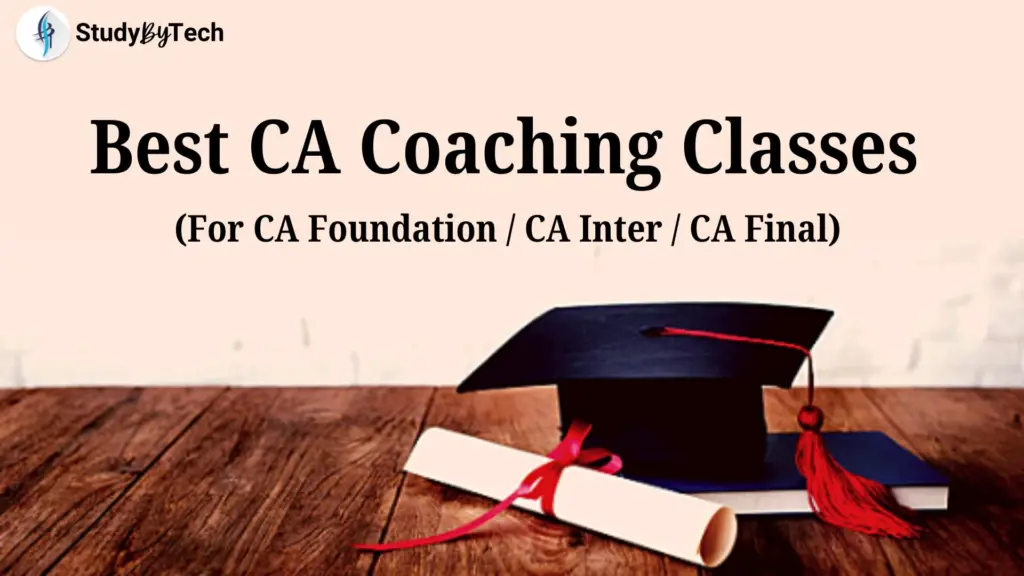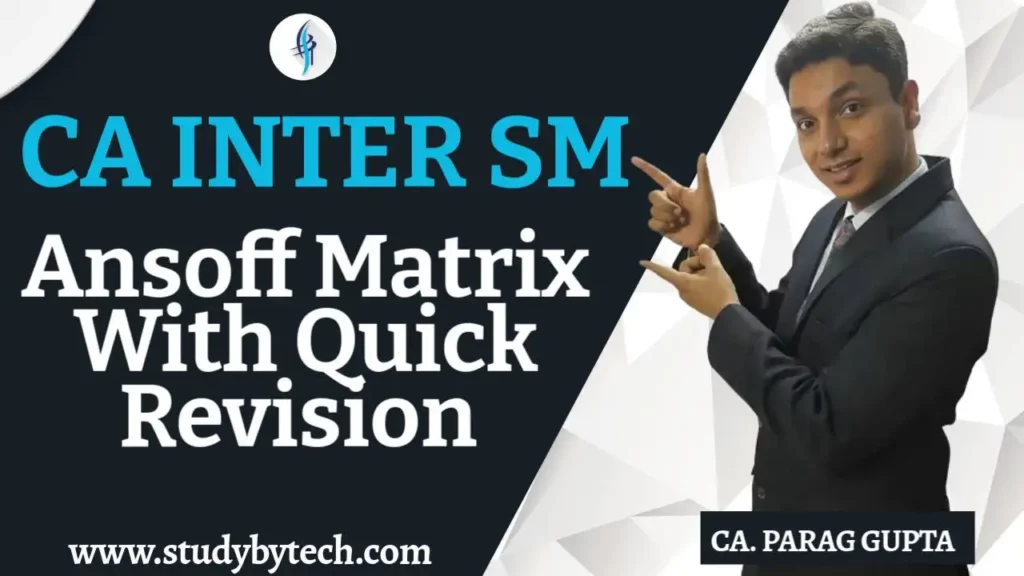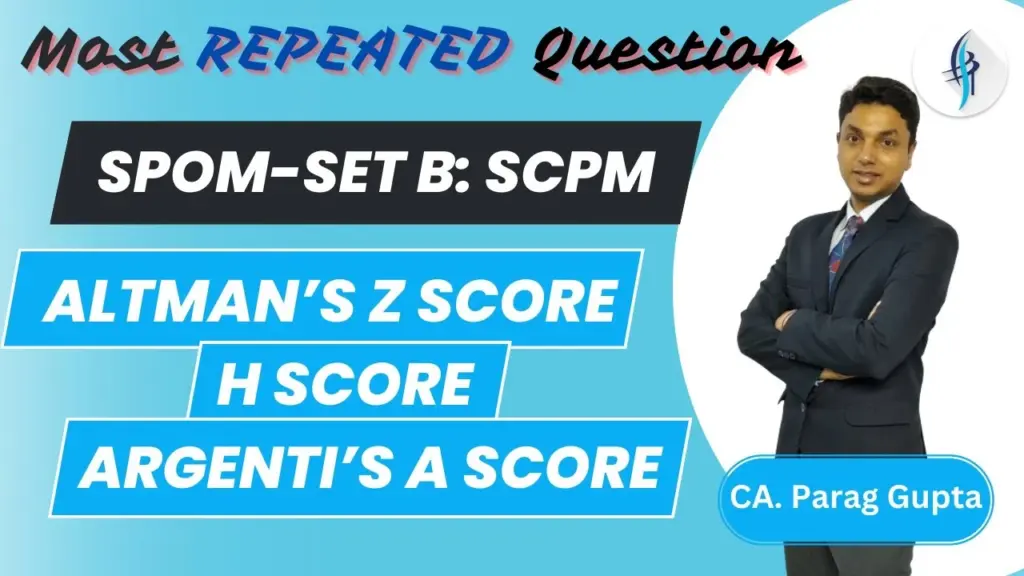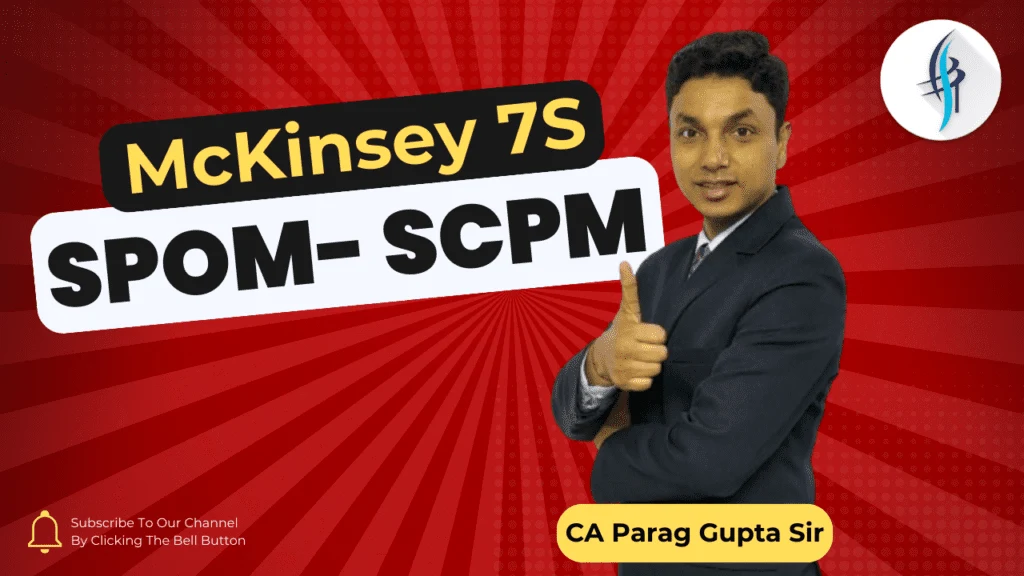Study Tips, Tricks and Strategies
CA Inter Classes ICAI Registration Process, Fees, & Syllabus Admit Card Exam Dates Study Guides & Tips CA Inter faculties FAQ Imagine it’s around 1:30 AM on a Saturday, your roommate is fast asleep, and you still have your daily study target to achieve. You’re tired, but there are many situations like this where study motivation tips can help you stay in the battle and win it. Motivation is not just about studying, but about pushing your limits and going the extra mile. This blog post will discuss some of the best study motivation tips, tricks, and strategies so that your dreams can become reality. Exams like CA are not easy to crack and take years for many students. Study motivation tips and strategies are a must-read for students willing to study harder and step out of their comfort zones. There are various factors of motivation, both intrinsic and extrinsic, that can help you in your studies. This blog describes the core aspects of motivation and how you can overcome challenges in examinations and achieve a better rank. In India, there are many commerce students who desire to become Chartered Accountants. Students from different states are studying hard and brushing up on their accounting skills through training. Once you know these tips for staying motivated to study hard for exams, you will be capable enough to work harder on your own. 14 Motivation Study Tips, Tricks and Strategies There are 14 motivational study tips that will help you study smarter and move out of your comfort zone. Let’s discuss these study motivation tips and how to encourage yourself to succeed in exams as well as in your career. Build a Sense of Control With guidance from a subject teacher, a student like you should be allowed to have some choices. Not only that, you should have some control over the selection of assignments, and the teacher should resolve students’ problems to provide the best solutions. Encouragement and building confidence in yourself must be the key criteria. Set Clear Objectives Set clearly defined objectives that can help you solve examination papers within the stipulated time. Students need inspiration from teachers in the classroom, along with defined objectives, encouragement, and the assurance that they can do it. If there is any confusion, students should feel free to ask questions, and teachers should explain how to solve the problems. Setting clear objectives, rules, and expectations for students is necessary to avoid confusion and make goals achievable, especially for those aiming for top ranks. The motivation for exams lies in having a clear objective that you want to achieve. Also Read: How to clear CA Exams in first Attempt Safe, Supportive Ambiance As a student, you must be aware of the consequences of your actions and grow in a safe, supportive environment. You should not think negatively about any feedback. Motivation to study will come naturally when you are learning in a supportive and safe environment. You can easily develop your abilities to succeed. Allow Opportunities for Success Pursuing new opportunities can help aspiring CA students stay motivated and avoid frustration while studying. However, I believe the opposite can also happen—students may lose motivation if they struggle with lessons or do not receive the recognition that others do. I will provide opportunities and guidance to help you easily understand your lessons, and if not, I will guide you on how to improve and be valued. This can make a world of difference in staying motivated in real time. Set TEAM to Study Together Create a group of aspiring CA students where members can interact, learn, and have fun together. Since finance can be hectic, the combined brainpower of students, including you, can help solve theoretical and practical problems related to commerce. You’ll also notice that a classroom environment is a great place for learning. Ensure that you have Wi-Fi facilities to access the library and conduct research. The brain loves novelty, and some students, including you, need entertainment to stay motivated to learn. Help to Find Intrinsic Motivation As a budding CA student, you’ll stay motivated by generating your own drive to study. You will find reasons to complete classwork and homework by working hard and sincerely, driven by your love for learning, and by setting plans that reflect your ambition to go to college. This is vital and one of the most precious gifts for improving student motivation. Experience SMART Goals You must be aware of SMART goals: be Specific, measure progress, be Attainable to develop the attitudes, abilities, skills, and financial capacity to reach them, be Realistic in achieving the goal, and manage Time according to a schedule while keeping the deadline in mind. According to the trend, SMART goals are essential, as they will help you as a student stay engaged and focused. Grow Competition Participate in classroom competitions, as healthy competitiveness often motivates enthusiastic students to excel. Even when you are working alone toward your goal, a friendly spirit in the classroom or study group can foster strong competition, creating opportunities for energetic students like you to showcase your talents, expand your knowledge, and develop your skills. Share Responsibility with Students Assigning students classroom jobs is an excellent method of building a sense of community, so being a leader among students can be a great source of motivation. Many students consider studying to be an opportunity rather than merely meeting expectations. Never think that studying is not your hobby; it is a practice of increasing knowledge and becoming a specialist in a subject — for example, a Chartered Accountant has expertise in finance. Student Anxiety Management Overcome anxiety about the subject, as it’s almost complete—you only need to deliver the finishing touches. Some students find the possibility of not progressing unpleasant, which can cause anxiety that eventually becomes a self-fulfilling prophecy. For these students, teachers may notice difficulties with the subject. Offer help regardless of the result, and ensure that students don’t feel so overwhelmed by expectations that they










